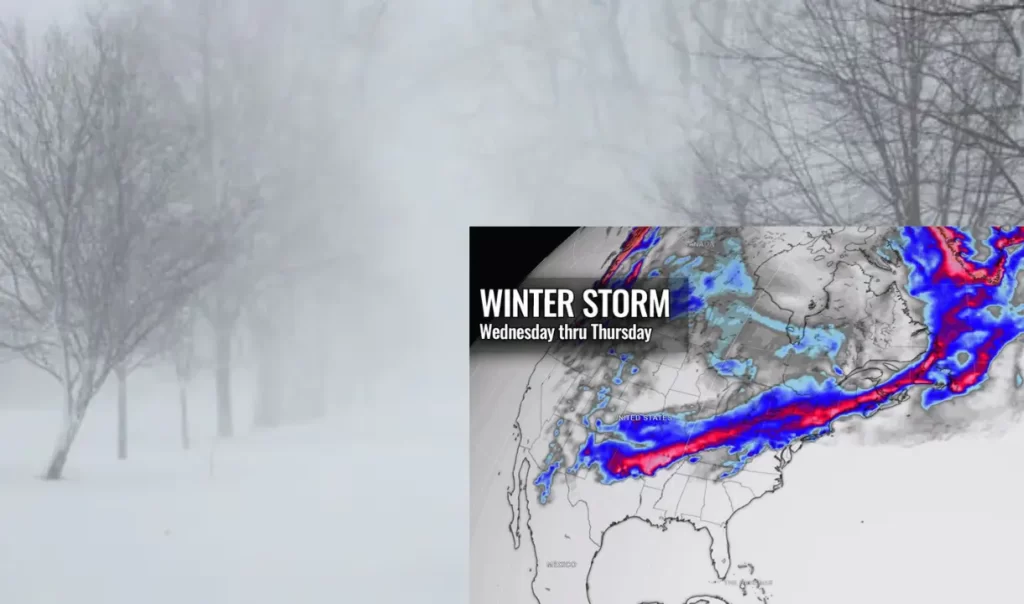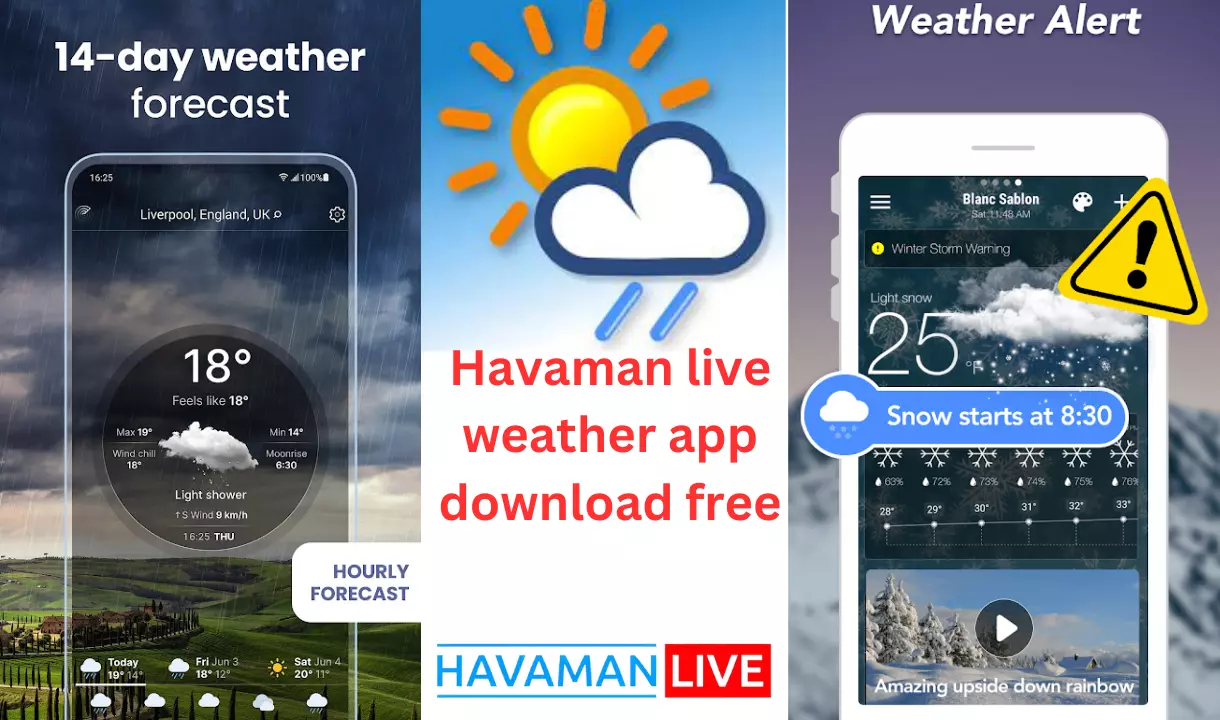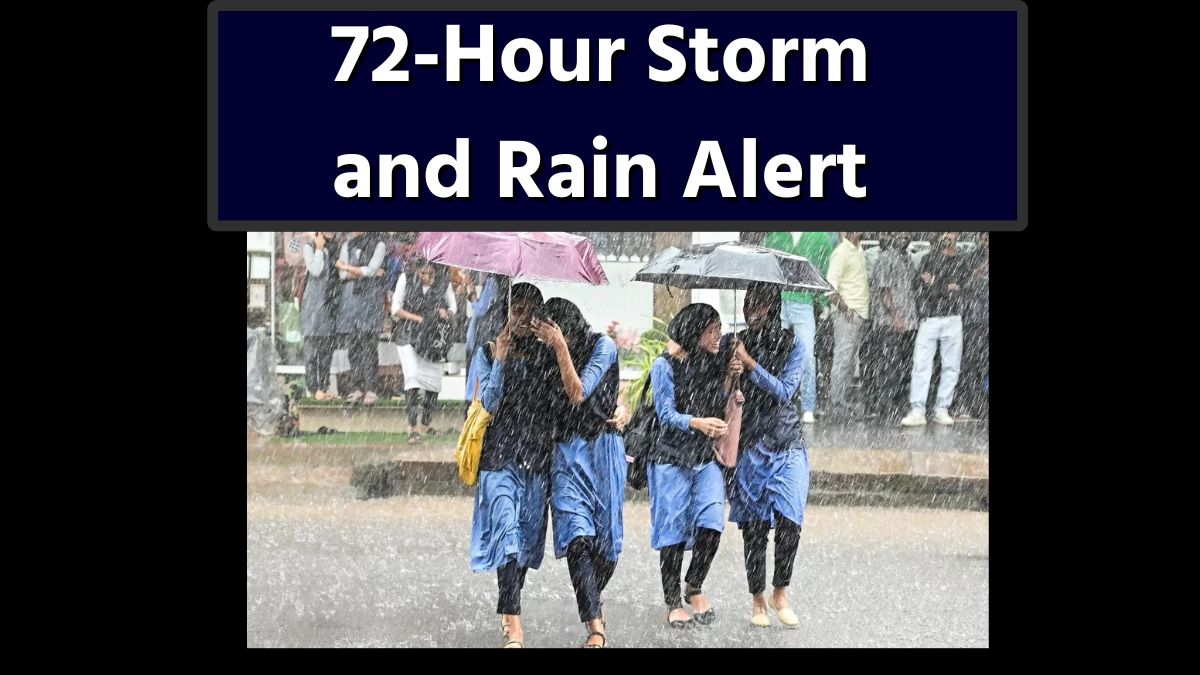Winter weather us this week in usa: A Polar Vortex Disruption Event, also known as a sudden stratospheric warming (SSW) event, can have a significant impact on weather patterns in regions like Canada and the United States. During an SSW event, the polar vortex, which is a circulation of cold air around the North Pole in the stratosphere, weakens or is disrupted. This can lead to a shift in weather patterns and result in colder air masses moving southward.

Here are some potential consequences of an SSW event on weather in North America:
- Cold Weather: As you mentioned, a strong SSW event can lead to a sudden change in weather patterns, bringing much colder air into Canada and the United States. This can result in frigid temperatures, snowfall, and winter storms.
- Increased Energy Demand: Cold weather patterns associated with SSW events can lead to increased energy demand for heating, putting stress on energy resources and potentially causing energy shortages.
- Winter Storms: The disrupted polar vortex can create conditions that are conducive to the development of winter storms. These storms can bring heavy snowfall, ice, and strong winds, which can disrupt transportation and daily life.
- Impact on Agriculture: Crops and livestock may be vulnerable to extreme cold temperatures, potentially impacting agriculture in affected areas.
- Record Low Temperatures: SSW events can bring record-breaking low temperatures, posing risks to public health, infrastructure, and water systems.
cyclone hamoon location Set to Gradually Weaken and Cross Bangladesh Coast Tomorrow
It’s important to take winter storm warnings seriously,
as they can bring hazardous conditions and disruptions to daily life. When the National Weather Service or local authorities issue such warnings, it’s crucial to follow safety guidelines and be prepared for severe weather conditions. Here are some key points to keep in mind during a winter storm warning:
- Stay Informed: Monitor weather updates through local news, the National Weather Service, or weather apps to stay informed about the storm’s progress and any changes in the forecast.
- Travel Caution: If travel is not absolutely necessary, it’s best to stay off the roads during a winter storm warning. If you must travel, make sure your vehicle is properly equipped for winter driving conditions.
- Winter Survival Kit: Ensure you have a winter survival kit in your vehicle, including items like blankets, extra clothing, non-perishable food, water, a flashlight, and other emergency supplies.
- Home Preparedness: At home, stock up on essential supplies, such as non-perishable food, bottled water, batteries, and a backup heating source in case of power outages.
- Heed Advisories: Follow any advisories related to road closures, public transportation disruptions, or school closures. Your safety is a top priority.
- Check on Vulnerable Individuals: Make sure to check on elderly neighbors, relatives, or anyone with special needs to ensure they are safe and warm.
- Avoid Overexertion: If you need to clear snow or engage in physically demanding activities, do so with caution. Overexertion in cold weather can be dangerous.
- Dress Warmly: When going outside, wear warm clothing, including layers, gloves, a hat, and a scarf to protect against extreme cold.
- Stay Indoors: During the height of the storm, it’s safest to stay indoors and avoid unnecessary trips outside.










